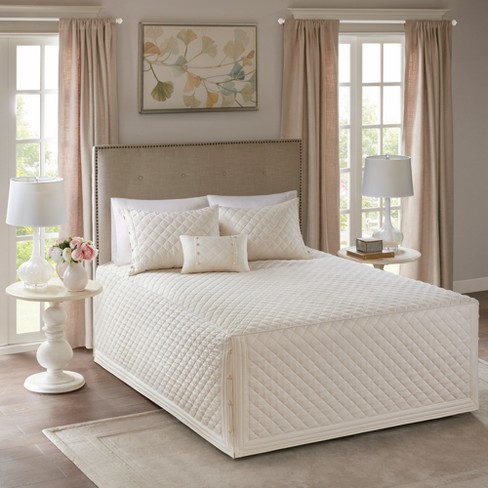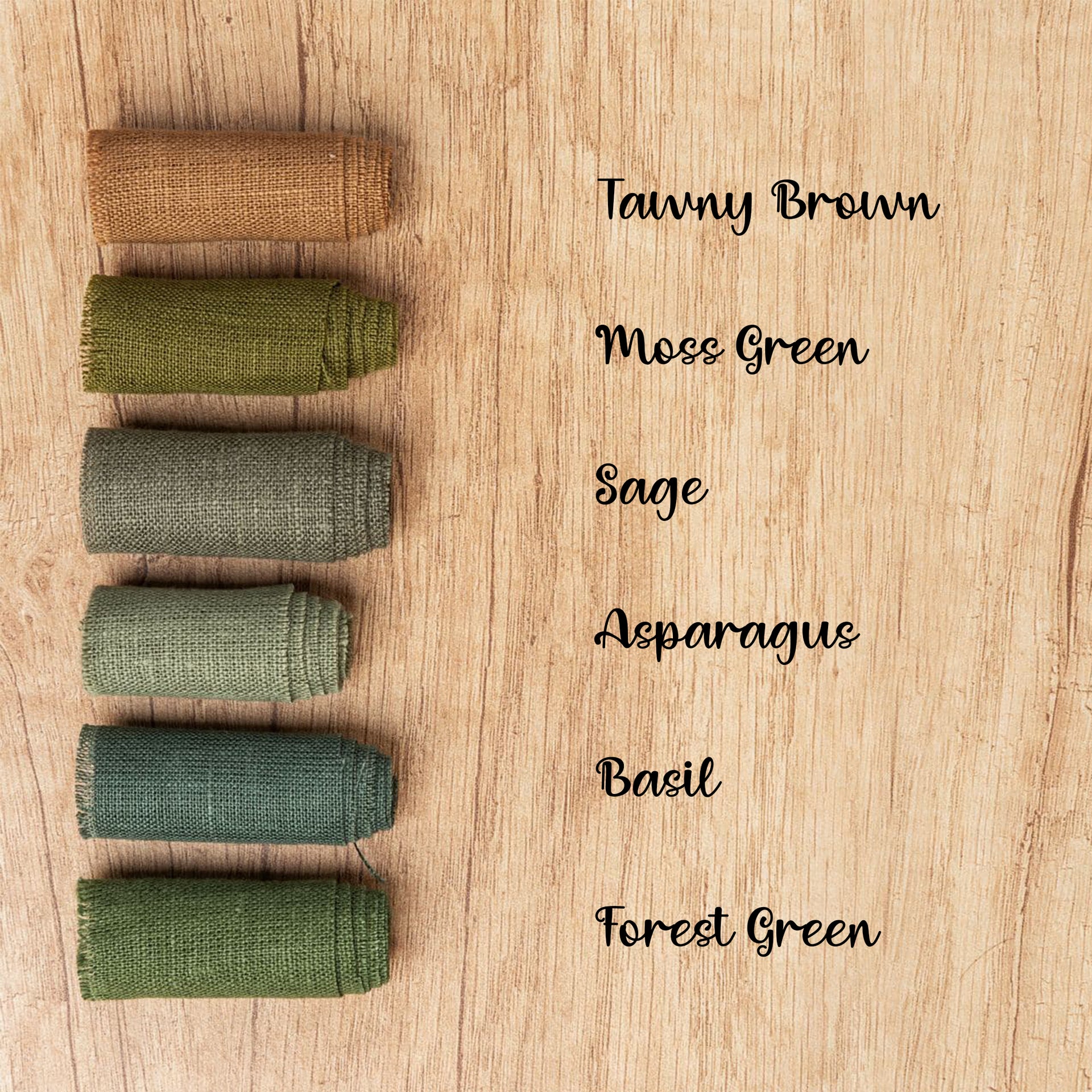The Ultimate Guide to Caring for Your Home Textile Linens for Longevity and Style
Caring for home fabric linens is important not just for preserving their visual charm yet also for ensuring their longevity. As we check out these aspects, it becomes apparent that a few informed selections can lead to impressive advantages-- discover the nuanced practices that can transform your approach to home fabrics.

Picking the Right Fabrics
Picking the proper textiles for home textile bed linens is important to attaining both visual charm and functional durability. The choice of textile dramatically affects the overall atmosphere of a space while also figuring out the longevity of the linens. Typical material choices include bed linen, polyester, and cotton, each offering unique features.
Cotton is renowned for its soft qualities, breathability, and convenience of care, making it a popular choice for bedding and kitchen fabrics. Linen, stemmed from the flax plant, gives a rustic charm and remarkable moisture-wicking properties, perfect for warm environments. Nonetheless, it is vulnerable to wrinkling, which can be a consideration for those seeking a polished look.
On the other hand, polyester blends offer improved sturdiness and resistance to fading and wrinkling, making them ideal for high-traffic locations. When selecting textiles, consider the intended use, environment, and personal design choices. Additionally, select top quality products that withstand regular laundering and maintain their look over time. Ultimately, a thoughtful choice of textiles not just elevates the design of your home fabrics however additionally guarantees they continue to be practical and aesthetically appealing for many years ahead.
Laundering and Drying Out Strategies
Proper washing and drying out strategies are crucial for maintaining the high quality and long life of home textile bed linens. Initially, constantly refer to the care tags on your bed linens, as they provide particular guidelines customized to the textile kind. Make use of a mild cleaning agent that is complimentary of harsh chemicals to protect the stability of the fibers. When washing, choose cool or lukewarm water, as warm water can bring about shrinkage and fading.
For washing equipment use, select the delicate cycle to decrease agitation, which can deteriorate the textile. If you are cleaning particularly delicate things, consider positioning them in a mesh washing bag for added defense. Avoid congestion the equipment, as this can prevent comprehensive cleansing and rise wear.
If utilizing a clothes dryer, choose a low heat setup and eliminate linens while they are a little damp to lower wrinkles. By sticking to these cleaning and drying methods, your home fabric linens will certainly retain their elegance and performance over time.

Stain Removal Approaches
When it involves keeping the immaculate appearance of home fabric linens, efficient stain removal approaches are vital. Spots can diminish the visual allure and longevity of your linens; therefore, punctual and appropriate activity is important.
First, identify the type of stain, as different materials call for distinctive therapies. For organic spots like a glass of wine or fruit juice, blot the location delicately with a clean towel to soak up excess fluid, then apply a blend of light detergent and water. For oil discolorations, spray baking soft drink or corn starch on the location to soak up the oil before laundering.
Always evaluate any kind of discolor elimination solution on an inconspicuous area of the material to guarantee it does not cause discoloration. For protein-based stains, such as blood or sweat, cold water is more effective, as warm water can set the tarnish.
For persistent spots, consider utilizing a business tarnish remover, but adhere to the manufacturer's instructions very carefully. After therapy, launder the bed linens based on the treatment label guidelines and air completely dry when possible to avoid heat setting. By carrying out these approaches, you can preserve the beauty and stability of your home textile linens for years to find.
Correct Storage Space Techniques
Reliable storage approaches are essential for preserving the top quality and long life of home fabric bed linens. Appropriate storage space starts with ensuring that bed linens are thoroughly completely dry and clean prior flat sheet to being positioned in storage space. This protects against mold and mold, which can happen in damp conditions.
Usage breathable fabric storage space bags or cotton sheets to cover bed linens, as these materials allow air blood circulation while shielding against dust and parasites - linen curtains. Prevent making use of plastic bags, as they can trap wetness and cause deterioration with time. In addition, it is suggested to store bed linens in a dark, trendy, and completely dry setting, as exposure to sunlight can cause fading and deteriorate fibers
For optimal company, fold bed linens nicely and pile them according to size and usage frequency. Executing these proper storage space techniques will certainly make certain that your home textile linens continue to be in excellent problem for years to come.
Enhancing Durability With Care
Preserving the top quality of home fabric bed linens requires a thoughtful approach to care that prolongs their life-span and protects their look. Normal cleaning is essential; nonetheless, it is vital to follow specific standards customized to the textile kind. All-natural fibers like cotton and linen can commonly stand up to greater temperatures throughout drying out and cleaning, while synthetic materials require gentler taking care of to stay clear of damage.

Post-wash, it is recommended to air dry linens whenever feasible, as extreme warm from dryers can damage fibers. Utilize a low warmth setup and remove bed linens while slightly moist to reduce creases. if equipment drying out is needed.
Routinely checking bed linens for indicators of wear, such as fraying or discoloration, enables for timely fixings, extending their use. Rotating the use of linens can distribute put on uniformly, ensuring that no solitary item births the brunt of day-to-day usage. By applying these care techniques, you can enhance the longevity of your home fabric bed linens while keeping their visual allure.
Verdict
Finally, the cautious choice of top quality fabrics, adherence to proper washing and drying techniques, effective discolor removal approaches, and ideal storage space techniques significantly add to the long life and aesthetic appeal of home textile bed linens. Routine upkeep and evaluation for wear additionally boost their resilience and capability. By carrying out these methods, people can make sure that home textiles continue to be not just lovely yet additionally resistant, satisfying both practical requirements and style preferences gradually.
Caring for home textile linens is important not only for maintaining their aesthetic appeal however additionally for guaranteeing their durability.Picking the appropriate textiles for home textile linens is crucial to attaining both visual appeal and practical sturdiness.Proper washing and drying strategies are necessary for keeping the high quality and durability of home fabric linens. By sticking to these washing and drying out strategies, your home textile linens will maintain their appeal and functionality over time.
In verdict, the cautious choice of high quality textiles, adherence to appropriate cleaning and drying out techniques, efficient stain elimination strategies, and suitable storage methods significantly contribute to the longevity and aesthetic allure of home fabric linens.